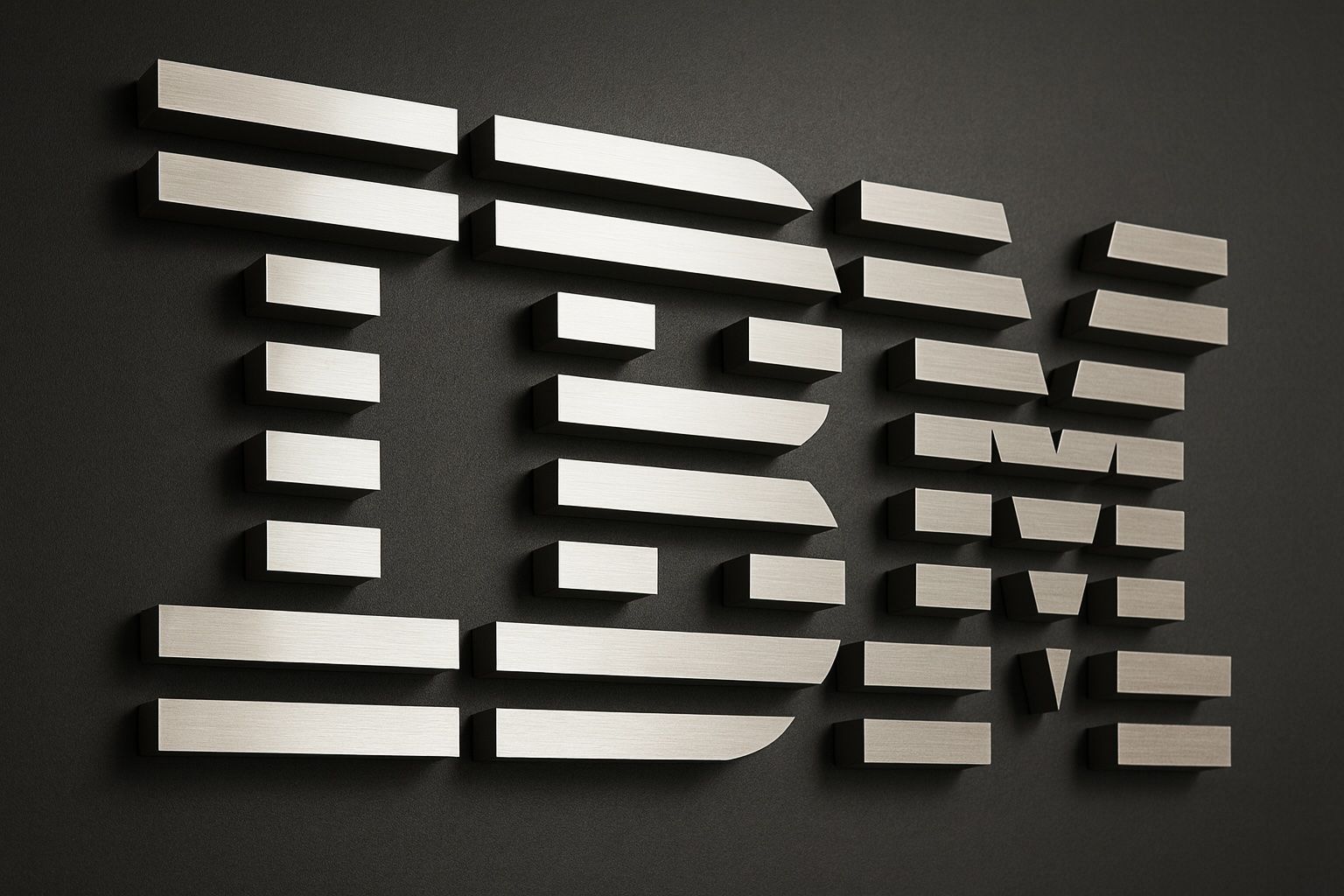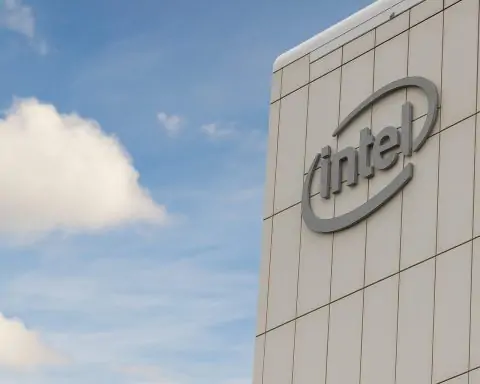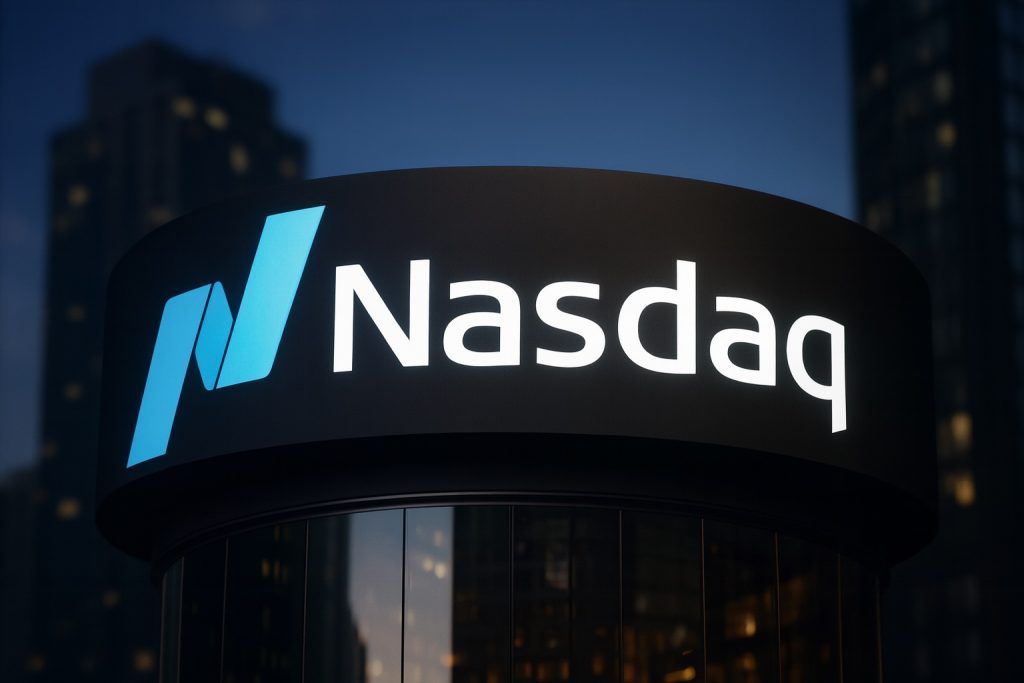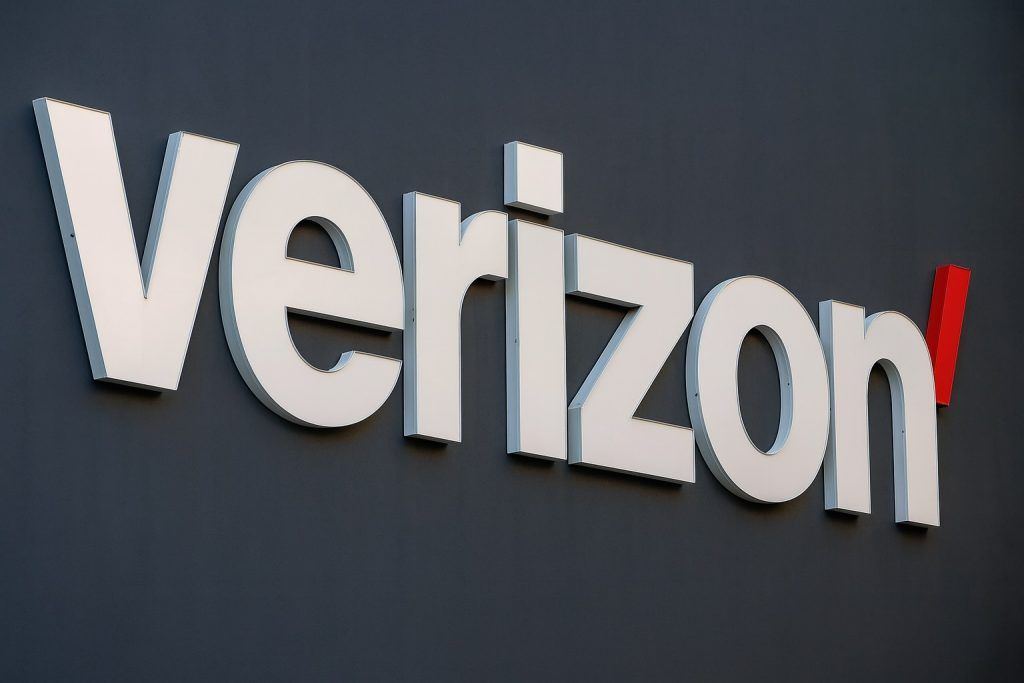Key Facts (IBM – NYSE: IBM, as of Oct 13, 2025):
- Price & Performance: Trading around $280 on Oct 13, 2025 [1], near multi-year highs. IBM is up roughly 28% YTD (vs. ~+13% for S&P 500) [2] [3]. This surge follows a late-September peak near $296 after IBM announced a quantum-computing breakthrough and large enterprise AI projects [4] [5].
- Recent News: Early-October headlines include a partnership with AMD (Oct 1) to host an AMD MI300X-based supercluster for AI startup Zyphra [6], the launch of Granite 4.0 enterprise AI models (Oct 2) [7], and an Anthropic AI deal (Oct 7) integrating Claude into IBM’s software [8] [9]. IBM also announced its Q3 earnings call for Oct 22 [10].
- Analyst Consensus: Wall Street is cautiously optimistic. Consensus ratings are roughly Hold (MarketBeat: 1 Sell, 9 Hold, 8 Buy; average 12-month target ~$270–$280 [11] [12]). Bullish forecasts (e.g. BofA ~$310, Wedbush ~$325) reflect upside if AI/cloud plans succeed [13] [14], while conservative targets (e.g. UBS ~$195, JPMorgan Sell) note rich valuation and competition [15]. One manager warned “there’s just not a lot of room to miss” after the stock’s run-up [16].
- Dividend & Valuation: IBM pays $6.72/year ($1.68/quarter) – a yield ~2.3% [17] – and is a Dividend Aristocrat (29 consecutive annual raises). Its market cap is roughly $260–$265B, with a forward P/E around 25–45x (well above historical norms) reflecting high growth expectations [18] [19].
Stock Performance & Recent Moves
IBM’s stock has rallied strongly into fall 2025. It closed about $279.74 on Oct 13 [20], just a few percent below the late-Sept peak near $296 [21]. The year-to-date gain (~28%) vastly outpaces the S&P 500 [22] [23]. Investors’ optimism stems from better-than-expected financial results and big strides in IBM’s tech pivot [24] [25]. In fact, Q2 2025 revenue ($16.98B) and EPS ($2.80) beat forecasts [26], and IBM subsequently raised its 2025 profit and cash-flow guidance [27] [28]. These fundamentals, combined with buzz around AI/cloud/quantum projects, have driven the uptick (even if the high valuation leaves little margin for error [29]).
Recent Headlines (Early Oct 2025)
- AI Supercomputing Tie-up (Oct 1): IBM announced a collaboration with AMD to build a massive AI cluster for Zyphra, a San Francisco AI startup [30]. IBM Cloud will host one of the largest training clusters with AMD’s new Instinct MI300X GPUs, powering Zyphra’s open-source “Maia” AI model project. This landmark deal (100% AMD hardware, rare outside Nvidia) underscores IBM’s push into AI infrastructure [31]. IBM noted the cluster is “one of the largest generative AI compute deployments on record” [32].
- New Watsonx AI Models (Oct 2): IBM rolled out Granite 4.0, the latest Watsonx AI model suite for enterprises [33]. Granite 4.0 introduces a novel “Mamba+Transformer” architecture that slashes memory needs (~70% reduction) for long-context workloads [34]. The models are open-source (Apache 2.0) and ISO-certified for enterprise AI governance, reflecting IBM’s emphasis on secure, scalable AI tools [35].
- Anthropic Partnership (Oct 7): IBM announced it will integrate Anthropic’s Claude AI models into its software products [36]. The first rollout is in IBM’s new AI-first coding environment, helping developers generate and fix code. After this news, IBM shares jumped several percent: up ~4% pre-market Oct 7 [37] (Reuters noted a +1.5% move in the formal session) [38]. The move boosts IBM’s AI portfolio (Dinesh Nirmal: “This partnership enhances our software with advanced AI” [39]) and reflects a broader corporate push into “agentic AI”.
- Upcoming Q3 Results: On Oct 8 IBM confirmed its Q3 2025 earnings call will be Oct 22 (post-close) [40]. Street estimates foresee continued growth (consensus EPS ~$3.00 for Q3 [41]), with modest top-line gains. Most 2025–26 models now assume mid-single-digit revenue growth driven by AI/mainframes and Red Hat cloud expansion [42]. There’s buzz but also caution ahead of results, given the stock’s high expectations [43] [44].
Analyst Outlook – Cautious Optimism
Wall Street’s view is mixed-to-neutral. Analysts acknowledge IBM’s improved execution and growth prospects but note its valuation and competition. Consensus ratings cluster around Hold. For example, MarketBeat shows roughly 12 analysts (8 Buy/9 Hold/1 Sell) with an average 12-month target ~$275 [45]. Morgan Stanley recently put IBM at Equal-Weight (“neutral”), citing uncertainty about sustaining the turnaround [46]. Bernstein’s Toni Sacconaghi (Market Perform, $280 target) is similarly cautious [47].
On the bullish side, several firms see upside if IBM’s AI and cloud bets pay off. Bank of America’s Wamsi Mohan raised his target to ~$310, Wedbush to ~$325 [48]. These bulls argue that continued beats and big AI deals could push shares higher. Indeed, as one portfolio manager quipped, after such a rally “there’s just not a lot of room to miss” on execution [49]. In short, analysts expect moderate growth – 2025 free-cash-flow guidance was raised to >$13.5B [50] [51] – but most see limited immediate upside given IBM’s robust valuations. Long-term outlook hinges on IBM carving out share in AI/cloud (see below).
Dividends & Financial Profile
IBM remains a highly cash-generative, dividend-paying tech giant. It has raised its quarterly payout to $1.68 (annualized $6.72) – a 29-year streak of increases – yielding about 2.3% [52]. The company is targeting $13.5–14B in free cash flow for 2025 [53]. Debt is elevated (~$64B total), but largely offset by $15.5B cash [54]. IBM’s valuation (Fwd P/E ~25x) is rich relative to its historical ~16x average [55] [56]. In a nutshell, IBM offers a blend of growth and income: solid cash returns via dividends, but bets on growth via new tech initiatives.
Strategy & Tech Initiatives
Under CEO Arvind Krishna, IBM is aggressively betting on AI, hybrid cloud, and quantum. Key strategic themes:
- Hybrid Cloud / Red Hat: The 2019 Red Hat acquisition remains the backbone of IBM’s cloud strategy [57]. IBM emphasizes hybrid, multi-cloud deployments (combining on-premises & public cloud) using Red Hat OpenShift. With AWS/Azure dominating public cloud (~29%/22% share) [58], IBM competes on integration and consulting. Its consulting arm and legacy enterprise relationships are leveraged to upsell cloud/AI solutions. This focus is crucial since IBM Cloud itself is small (~2–3% market share [59]), so growth comes from hybrid solutions rather than raw IaaS.
- AI (Watsonx, Agents): IBM is positioning itself as an enterprise AI provider. Its Watsonx platform (with new Granite 4.0 models) targets regulated industries. IBM is also helping clients integrate and deploy AI “agents” – even combining third-party models (anthropic, Meta) with its own Granite/Oracle. For example, IBM boasts a $6–7.5B “book of business” in generative AI engagements [60] [61]. The Anthropic and Zyphra deals, plus IBM’s open-source Granite models, illustrate this push. Arvind Krishna told Reuters that IBM has built a $6B AI pipeline (ChatGPT-like) and is developing tools to let customers stitch together AI agents from various vendors [62]. The launch of Granite 4.0 (open-source, ISO-certified LLMs) and partnerships (Anthropic, Meta Llama) are central to this strategy [63] [64].
- Quantum Computing: IBM is a quantum pioneer, running the world’s largest quantum cloud network. It continues heavy investment in quantum R&D (it plans the first error-corrected quantum computer). Recent breakthroughs – e.g. HSBC saw a 34% improvement in bond-trading optimization using IBM’s quantum system [65] – showcase early value. IBM’s lead in scalable quantum hardware and partnerships (e.g. with Japan’s RIKEN [66]) give it an edge in this nascent field. While quantum remains speculative, these advances bolster IBM’s “tech leadership” narrative.
- Hardware & R&D: IBM announced a $150 billion U.S. investment (2025–2030) to manufacture next-gen mainframes and quantum chips at home [67] [68]. The new Telum and Spurs (for AI workloads) CPUs, plus the Telum II and future mainframe launches, underpin its “AI on-premise” strategy. IBM is also working on advanced semiconductor processes (e.g. High-NA EUV lithography with Japan’s SCREEN [69]). These moves signal IBM’s commitment to compete in hardware, a rare stance among software-focused peers.
- Acquisitions & Partnerships: IBM has been “filling gaps” via M&A: 2025’s big deal was buying NoSQL specialist DataStax (~$1.6B) to bring an “AI-ready” data platform [70]. It also acquired Seek AI and other AI-tool companies. Partnerships are equally important: from AMD and Anthropic (above) to collaborations in regions (India’s BharatGen AI, Meta’s Llama on Watsonx [71]). These moves are all about building an “AI plumbing” ecosystem that ties IBM’s software and services together.
Competition & Market Trends
IBM’s turnaround story plays out against fierce competition and hot market trends. The AI and cloud markets are booming (public cloud growth ~+20-30%, GenAI services +140% [72]). But IBM’s share of cloud is tiny compared to leaders: Amazon (AWS ~29%) and Microsoft (Azure ~22%) dominate [73]. Google Cloud (~12%) and Oracle (~3%) also outpace IBM (~2–3%) in infrastructure revenue [74]. In AI, IBM lags giants like Microsoft/OpenAI and Google, who set the pace in consumer-friendly models; IBM’s niche is enterprise-focused AI with an emphasis on security and hybrid deployments.
Compared to its peers, IBM’s growth is slower but its valuation is high. For instance, Oracle’s stock is up ~47% this year [75] (focused on cloud databases), whereas IBM is up ~63% [76]; yet IBM’s P/E (≈25 forward) is actually below Oracle’s (~37) [77]. Big tech stocks have seen large gains on AI hype, and IBM has been among the best performers in 2025. Still, analysts note that IBM’s single-digit revenue growth (Q2 ~8%) [78] trails its high-growth peers (many growing 20–30%+). The key question is whether IBM’s broad but modest growth can narrow the gap with the hyper-growth names. Its recent rally already reflects a “re-rating” – the stock trades around 45× trailing EPS [79], a level usually seen in fast-growth tech. This means any execution hiccup could pressure the price, as was seen when a slight software miss sent the stock down despite a beat [80].
In summary, IBM’s October 2025 stock story is one of a value-tech giant reborn: solid current fundamentals (cash flow, dividends) plus high hopes pinned on a pivot to AI, hybrid cloud, and quantum. Investors and analysts are watching closely. Many see limited near-term upside without more upside surprises, but if IBM continues to notch big wins (new deals, quantum milestones, strong earnings), the rally could have more legs. For now, the stock sits near its highs, with a broad mix of optimism and caution baked in.
Sources: IBM investor releases and newsroom [81] [82]; leading media and analysts (Reuters [83] [84], Fast Company [85], TechCrunch [86], MarketBeat/TS2 [87] [88] [89], etc.) covering IBM’s financials, deals, and expert commentary as of Oct. 2025. All data cited are up-to-date as of Oct. 13, 2025.
References
1. www.investing.com, 2. ts2.tech, 3. ts2.tech, 4. ts2.tech, 5. ts2.tech, 6. ts2.tech, 7. ts2.tech, 8. newsroom.ibm.com, 9. economictimes.indiatimes.com, 10. newsroom.ibm.com, 11. ts2.tech, 12. ts2.tech, 13. ts2.tech, 14. ts2.tech, 15. ts2.tech, 16. ts2.tech, 17. ts2.tech, 18. ts2.tech, 19. ts2.tech, 20. www.investing.com, 21. ts2.tech, 22. ts2.tech, 23. ts2.tech, 24. ts2.tech, 25. ts2.tech, 26. ts2.tech, 27. ts2.tech, 28. ts2.tech, 29. ts2.tech, 30. ts2.tech, 31. ts2.tech, 32. ts2.tech, 33. ts2.tech, 34. ts2.tech, 35. ts2.tech, 36. newsroom.ibm.com, 37. economictimes.indiatimes.com, 38. www.reuters.com, 39. newsroom.ibm.com, 40. newsroom.ibm.com, 41. ts2.tech, 42. ts2.tech, 43. ts2.tech, 44. ts2.tech, 45. ts2.tech, 46. ts2.tech, 47. ts2.tech, 48. ts2.tech, 49. ts2.tech, 50. ts2.tech, 51. ts2.tech, 52. ts2.tech, 53. ts2.tech, 54. www.financialcontent.com, 55. ts2.tech, 56. ts2.tech, 57. ts2.tech, 58. ts2.tech, 59. ts2.tech, 60. ts2.tech, 61. www.reuters.com, 62. www.reuters.com, 63. newsroom.ibm.com, 64. ts2.tech, 65. ts2.tech, 66. ts2.tech, 67. ts2.tech, 68. www.reuters.com, 69. ts2.tech, 70. ts2.tech, 71. ts2.tech, 72. ts2.tech, 73. ts2.tech, 74. ts2.tech, 75. ts2.tech, 76. ts2.tech, 77. ts2.tech, 78. ts2.tech, 79. ts2.tech, 80. ts2.tech, 81. newsroom.ibm.com, 82. newsroom.ibm.com, 83. www.reuters.com, 84. www.reuters.com, 85. ts2.tech, 86. techcrunch.com, 87. ts2.tech, 88. ts2.tech, 89. ts2.tech







